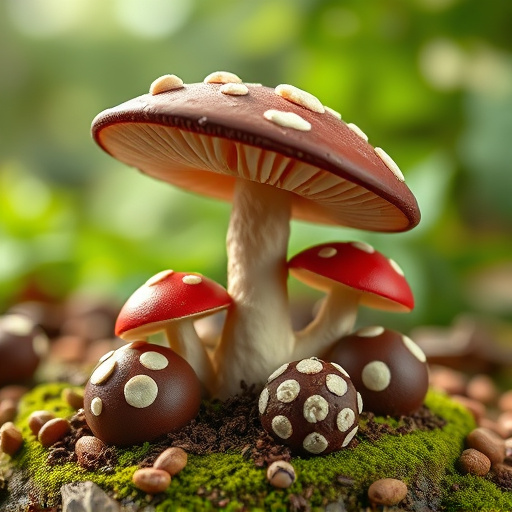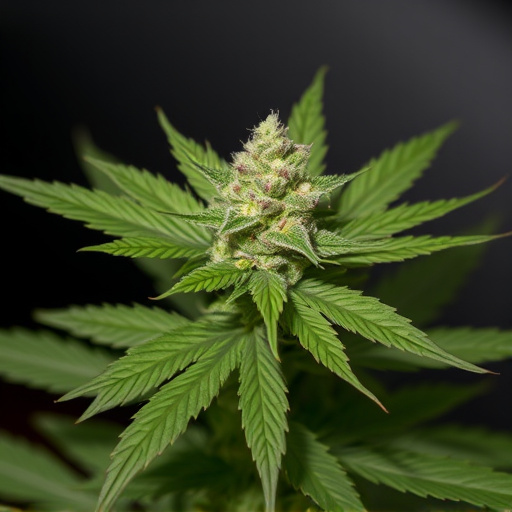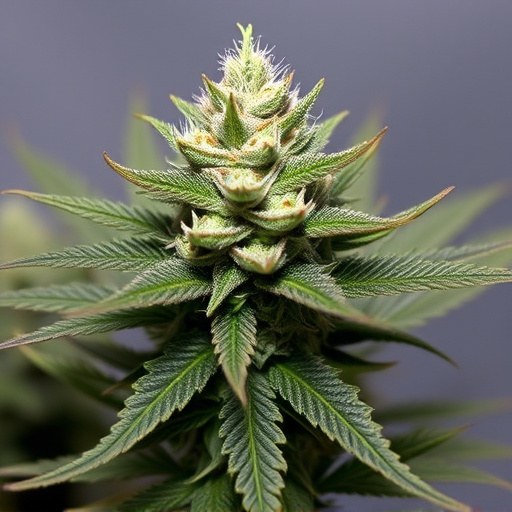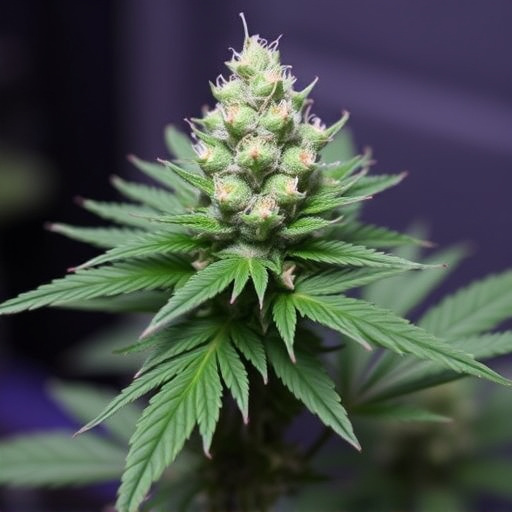The effects of high-quality top shelf cannabis strains vary based on individual factors, offering heightened senses, increased hunger, relaxation, and temporary cognitive changes. While short-term impacts are usually harmless, regular use can lead to tolerance, addiction risks, and significant health hazards like lung damage if smoked long-term. Negative side effects can be mitigated through alternative consumption methods, high-CBD or terpene-rich strains, healthy lifestyle habits, and mindfulness practices.
“Curious about the side effects of smoking weed? This comprehensive guide explores the multifaceted impact, from short-term experiences with top shelf cannabis strains to long-term health implications and addiction risks. We delve into how these effects can manifest, offering insights for conscious consumption. Additionally, discover potential solutions and coping strategies to navigate and overcome negative side effects, empowering users to make informed decisions regarding their well-being.”
- Short-Term Effects of Top Shelf Cannabis Strains Consumption
- Long-Term Health Implications and Addiction Risks
- Potential Solutions and Coping Strategies for Overcoming Negative Side Effects
Short-Term Effects of Top Shelf Cannabis Strains Consumption

The short-term effects of consuming top shelf cannabis strains can vary greatly among individuals, influenced by factors like dose, method of consumption, and personal tolerance. In general, users may experience heightened senses, increased appetite (a phenomenon often referred to as “the munchies”), and a sense of relaxation or euphoria. Cognitive functions, such as memory and concentration, can also be temporarily impaired, leading to issues with focus and decision-making.
Physical effects might include dry eyes and mouth, rapid heartbeat, and heightened sensitivity to sounds and textures. In some cases, users may experience anxiety or paranoia, especially when consuming higher doses of potent top shelf cannabis strains. These short-term effects typically subside within a few hours, but repeated use can lead to build-up of tolerance, requiring higher doses for the same desired effects over time.
Long-Term Health Implications and Addiction Risks
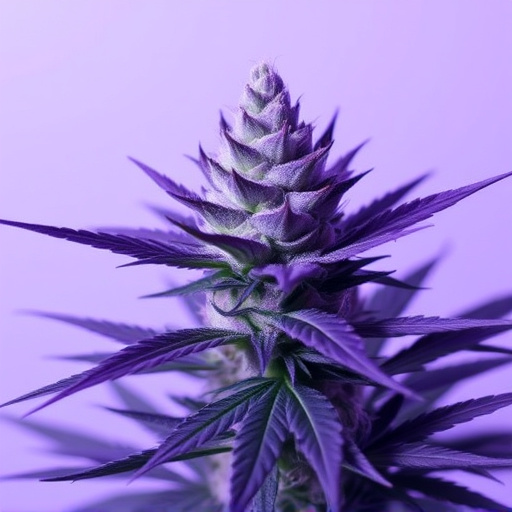
While occasional use of cannabis may seem harmless, long-term smoking, even of what’s considered top shelf cannabis strains, carries significant health risks. Regular exposure to smoke irritates the lungs and can lead to chronic bronchitis and increased susceptibility to respiratory infections. This is especially concerning for individuals with pre-existing lung conditions or a history of smoking tobacco.
Addiction is another critical long-term implication. While not all users will become addicted, regular cannabis use can alter brain chemistry, heightening the risk of dependence. This becomes particularly problematic when combining cannabis with other substances, as it can amplify addiction risks and complicate withdrawal symptoms. Moreover, studies suggest that early age of initiation and frequent use are key factors in determining vulnerability to cannabis addiction.
Potential Solutions and Coping Strategies for Overcoming Negative Side Effects

Overcoming negative side effects from smoking weed is achievable through several potential solutions and coping strategies. One effective approach is exploring alternative consumption methods like edibles, vaporizers, or tinctures, which can offer similar effects with reduced inhalation risks. Additionally, selecting top shelf cannabis strains known for their higher CBD content or specific terpenes can help mitigate adverse reactions, as these compounds contribute to the plant’s therapeutic properties and may interact positively with the body.
For those struggling with persistent side effects, incorporating healthy lifestyle habits can be beneficial. Regular exercise, adequate sleep, and a balanced diet can enhance overall well-being and potentially lessen the impact of cannabis consumption. Seeking support from peers or professional counselors can also provide valuable coping mechanisms and help manage any psychological side effects. Engaging in mindfulness practices like meditation or yoga may offer additional relief, fostering mental clarity and promoting relaxation.
While top shelf cannabis strains offer potential therapeutic benefits, it’s crucial to be aware of their side effects. Short-term consumption can lead to cognitive impairment and memory issues, while long-term use may contribute to respiratory problems and mental health disorders. However, with the right coping strategies, individuals can navigate these challenges. Regular exercise, mindfulness practices, and seeking support from healthcare professionals or support groups can help mitigate negative side effects and promote overall well-being.
